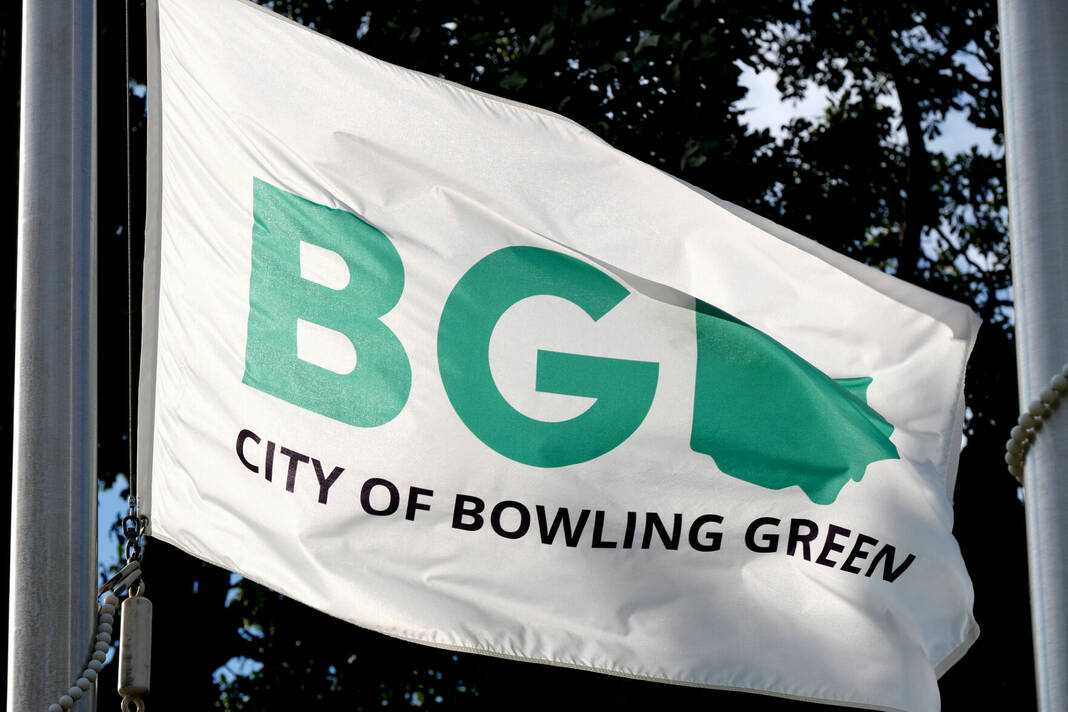
Bowling Green’s arborist has begun the process of removing and replacing the Callery pear trees in the downtown Bowling Green streetscape.
The removal and replacement of the trees will take several weeks to complete. Crews will begin by removing the metal tree guards from the base of the trees. Once this work is complete, the Callery pear trees will be removed and replaced with Ginkgo and Street Keeper® Honeylocust trees, selected for their tolerance to the environment found in cities and along streets.
Intermittent parking restrictions and possible lane closures on Main Street may be necessary as this project progresses.
The Callery pear trees were originally planted in the downtown as part of Heritage 2000 and are nearing the end of their estimated lifespan of 20-25 years. Beginning in January 2023, Callery pear was added to the list of banned invasive plants in Ohio, making it illegal to produce, plant, or sell these trees in the state.
Callery pear is a tree species that is highly invasive. An invasive species is a non-native species that causes harm to the environment, economy, human, animal, or plant health. Callery pear is particularly invasive because it spreads and reproduces so easily that it overtakes natural areas and chokes out other desirable native species. Cultivars and varieties of Callery pears include Cleveland select, Whitehouse, Bradford, among others.
The ban does not regulate existing plants, so residents should not panic if this tree is currently planted on their property. However, removal of existing trees will aid in the reduction of the spread of this plant. Over time, the city’s arborist will be strategically removing, and replacing, Callery pears that are planted on city property and rights-of-way.
For more information, visit the Ohio Department of Natural Resources webpage: https://ohiodnr.gov/discover-and-learn/plants-trees/invasive-plants/callery-pear.

